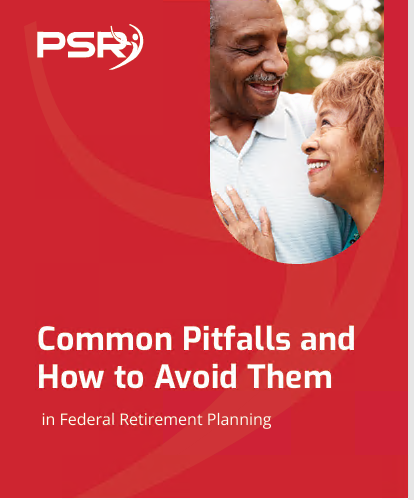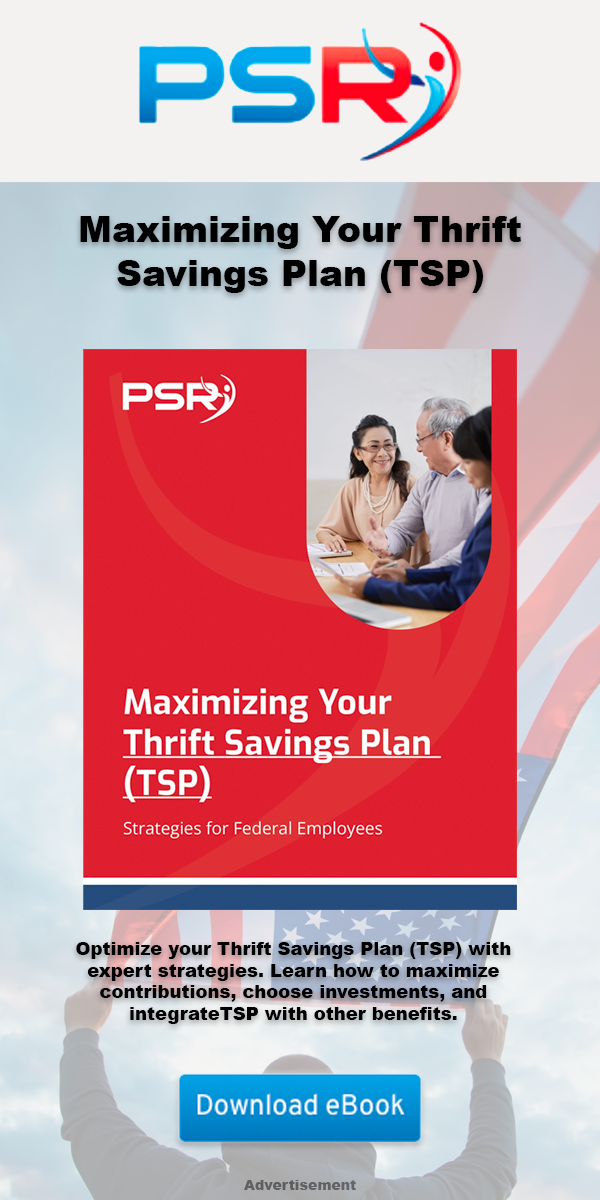Key Takeaways:
-
Understand Your FEHB Coverage Options: As a federal retiree, you can maintain your Federal Employees Health Benefits (FEHB) coverage, but knowing how to manage it alongside Medicare and other retirement benefits is essential.
-
Know the Important Deadlines and Requirements: Staying covered by FEHB in retirement depends on meeting eligibility timelines and understanding Medicare integration rules if you’re considering enrolling.
Navigating FEHB Coverage in Retirement
- Also Read: The Best FEHB Plans for 2025: Which One Fits Your Lifestyle and Budget the Best?
- Also Read: Special Retirement Options for FAA and LEO Employees: Are You Taking Advantage of What’s Available?
- Also Read: Federal Employee Benefits You Didn’t Know Could Give Your Wallet a Serious Boost in Retirement
What Happens to FEHB When You Retire?
When you retire as a federal employee, your FEHB coverage doesn’t automatically end. Unlike many private-sector health plans, the FEHB program offers a pathway to maintain your coverage into retirement—assuming you meet eligibility criteria. To qualify for continued FEHB coverage, you’ll need to have been enrolled in FEHB for at least five consecutive years immediately before your retirement.
If you meet this requirement, your FEHB coverage will seamlessly carry over into retirement, allowing you and your eligible dependents to stay insured without interruption. Be sure to confirm your enrollment status as you approach retirement; any gaps or interruptions in coverage could mean that you’re not eligible to carry FEHB into retirement.
Key Point: Five-Year Enrollment Requirement
The five-year enrollment rule is a crucial requirement for maintaining FEHB coverage in retirement. If you’re nearing retirement age but haven’t yet reached that five-year mark, consider enrolling in an FEHB plan now to lock in eligibility. While there are some exceptions, it’s best to meet this requirement to avoid complications.
How FEHB Coordinates with Medicare
When you turn 65, you’ll have the option to enroll in Medicare, and many federal retirees wonder how this affects their FEHB coverage. The two can actually work together in a complementary way, potentially reducing your overall out-of-pocket costs.
Should You Enroll in Medicare Part B?
For federal retirees, Medicare Part A (hospital insurance) is free if you’ve paid into Medicare throughout your working years. Most retirees enroll in Part A as soon as they’re eligible at age 65. However, Medicare Part B (medical insurance) requires a monthly premium, and it’s optional. Many retirees find that Medicare Part B works well alongside FEHB, as it can help cover out-of-pocket costs such as deductibles and coinsurance.
If you’re considering enrolling in Medicare Part B, think about how it aligns with your budget and healthcare needs. Enrolling in Part B can reduce some FEHB costs, as certain FEHB plans offer lower premiums or secondary coverage when paired with Medicare. But if you’re satisfied with FEHB alone and prefer not to pay additional premiums, you can choose to rely solely on your FEHB plan.
Enroll by Age 65 for Best Coordination
Medicare enrollment is time-sensitive, and penalties apply if you delay enrollment beyond your initial eligibility period, which typically begins three months before your 65th birthday and extends three months after. Delaying enrollment in Part B without qualifying for a Special Enrollment Period (SEP) could result in late penalties that increase your premium for life, so be sure to evaluate your options before your 65th birthday.
Budgeting for Healthcare Costs in Retirement
While FEHB premiums may increase each year, federal retirees benefit from having stable healthcare options in retirement. Your FEHB premiums will vary based on the specific plan you select and the amount your former federal agency contributes, which continues even after you retire. For 2025, expect a 13.5% average increase in FEHB premiums, so it’s a good idea to budget for these costs well ahead of time.
Managing Premium Increases Over Time
FEHB premiums can be paid directly from your retirement annuity, so budgeting is easier for those living on a fixed income. Each year, review your FEHB plan options to ensure you’re in a plan that matches your health needs and budget. If you anticipate higher healthcare costs in the future, consider switching to a more comprehensive plan to manage potential expenses.
Out-of-Pocket Expenses to Consider
In addition to premiums, there are other out-of-pocket costs you’ll want to consider, including copays, coinsurance, and deductibles. Certain plans within FEHB offer higher levels of coverage for retirees, with varying levels of out-of-pocket costs, so it’s worth exploring the full range of plan options each year during the Open Season.
Making the Most of Open Season
The annual FEHB Open Season typically takes place from mid-November to mid-December, and this is your chance to review and adjust your healthcare plan. Retirement brings new healthcare needs, and some plans are designed with older adults in mind, offering specific benefits for retirees.
Take Advantage of Plan Brochures and Tools
During Open Season, review plan brochures and use online tools to compare FEHB options. These resources can help you understand the various premiums, coverage options, and out-of-pocket expenses, enabling you to make an informed decision. Consider factors such as access to specialists, prescription drug coverage, and potential cost savings from plans that work well with Medicare.
Note: Postal Service Health Benefits Transition
If you’re a Postal Service retiree, you’ll be transitioning to the Postal Service Health Benefits (PSHB) program starting in 2025. This new program is replacing FEHB for Postal Service employees and retirees, so it’s essential to understand how your coverage might change. Keep an eye on Open Season announcements for PSHB-specific information.
Planning for Long-Term Care and Extended Needs
While FEHB covers a broad spectrum of medical services, it doesn’t typically cover long-term care, which can be a significant expense in retirement. Many retirees consider adding long-term care insurance to help manage future costs. Alternatively, some choose to set aside funds for potential long-term care needs, while others explore Medicaid eligibility for long-term care once assets are exhausted. Be sure to evaluate your options based on your health history and family circumstances.
Staying Covered: Tips for a Smooth Transition
The steps you take today can have a big impact on your healthcare security in retirement. Here’s a quick checklist for staying on top of your FEHB coverage:
- Check Your FEHB Eligibility: Ensure you meet the five-year rule and are set for continuous coverage.
- Review Medicare Options: Decide if Medicare Part B aligns with your budget and needs.
- Budget for Premium Increases: Expect moderate annual increases and adjust your retirement budget accordingly.
- Leverage Open Season: Compare plans to find the best fit for your health status and expected expenses.
- Consider Long-Term Care: Plan for future healthcare costs not covered by FEHB.
With these strategies in place, you’ll be well-equipped to maintain comprehensive healthcare coverage through your retirement years.
Protect Your Health in Retirement
Planning your retirement healthcare coverage can be complex, but understanding FEHB, Medicare, and budgeting for rising premiums will give you peace of mind. Remember to leverage Open Season as an annual check-in on your healthcare needs, and stay aware of any changes in FEHB or Medicare rules. With a proactive approach, you can make the most of your FEHB benefits in retirement.













